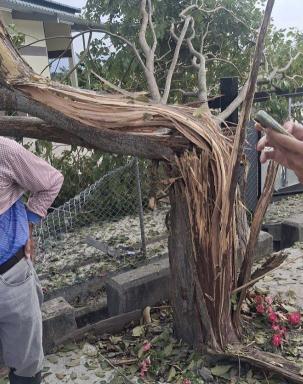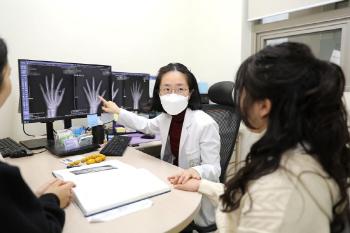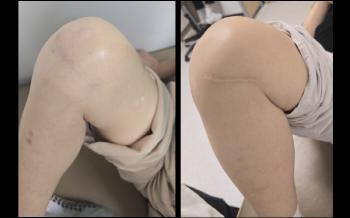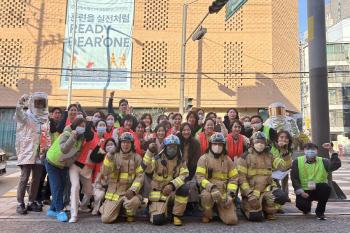I'm choking. Quietly life-threatening pulmonary embolism, 1 in 2,000
|
Pulmonary embolism is a disease in which blood clots due to turbidity or stickiness and clots 'blood clots along the bloodstream, blocking pulmonary blood vessels. Oxygen that enters our body through breathing is transferred from the alveoli to the pulmonary blood vessels and delivered to each body organ in a red blood cell. When the pulmonary blood vessels are blocked, the supply of oxygen is cut off, resulting in sudden difficulty in breathing and chest pain. It can be fatal if it is not detected early.
Professor Hwang Heon-gyu of the Department of Respiratory Allergy at Soonchunhyang University Bucheon Hospital said "Common causes of shortness of breath include exacerbation of asthma, acute exacerbation of chronic obstructive pulmonary disease, pneumonia, pneumothorax, and heart failure. If there is no such cause, the disease that must be remembered in the differential diagnosis of dyspnea is pulmonary embolism.
The high-risk groups for pulmonary embolism include the elderly, cancer patients, patients in immobility who need long bed rest, patients with a history of venous thrombosis, people with a family history, and elderly pregnant women. In particular, if you lie down without moving for a long time due to a broken leg, blood flow slows down, which is likely to cause sticky blood clots.
It is a disease that occurs in 1 in 1,000 people in the West, and 1 in 2,000 people in Korea. However, as the elderly population increases, the incidence rate in Korea is also steadily rising. 70% of patients with venous thrombosis (pulmonary embolism and deep vein thrombosis) in Korea are over 60 years of age.
Professor Hwang "At the end of last year, Korea entered an ultra-aging society where the elderly aged 65 or older accounted for more than 20% of the total population. In the future, the incidence of venous thrombotic diseases, including pulmonary embolism, is expected to increase further."
Diagnosis is made through intravenous ultrasound and CT pulmonary angiography, and when pulmonary embolism is confirmed, anticoagulant therapy is initiated to prevent thrombus formation. Previously used drugs 'Wafarin' have different effects depending on specific foods or other drugs, and there was an inconvenience of having to adjust the appropriate dose through periodic blood tests. In recent years, 'direct oral anticoagulants (DOAC, doak)' that compensate for these shortcomings have been widely used. In Korea, rivaroxaban, apixaban, edoxaban, and dabigatran are mainly used.
Even if you are taking oral anticoagulants directly, surgery due to other diseases is mostly possible. For surgery with a low or moderate risk of bleeding, you can stop taking the drug the day before and on the day before the surgery (a total of two days), and start taking it again the day after the surgery. Scaling or extraction with a very low risk of bleeding can be performed without stopping the drug.
Professor Hwang said, `A pulmonary embolism is a dangerous disease that comes quietly. Cancer and fractures are common in the elderly, and drugs taken are also diverse, so pulmonary embolism can occur suddenly at any time. Therefore, the elderly should never take breathless symptoms lightly, and it is more important than anything else to diagnose and treat them early."
|
This article was translated by Naver AI translator.





